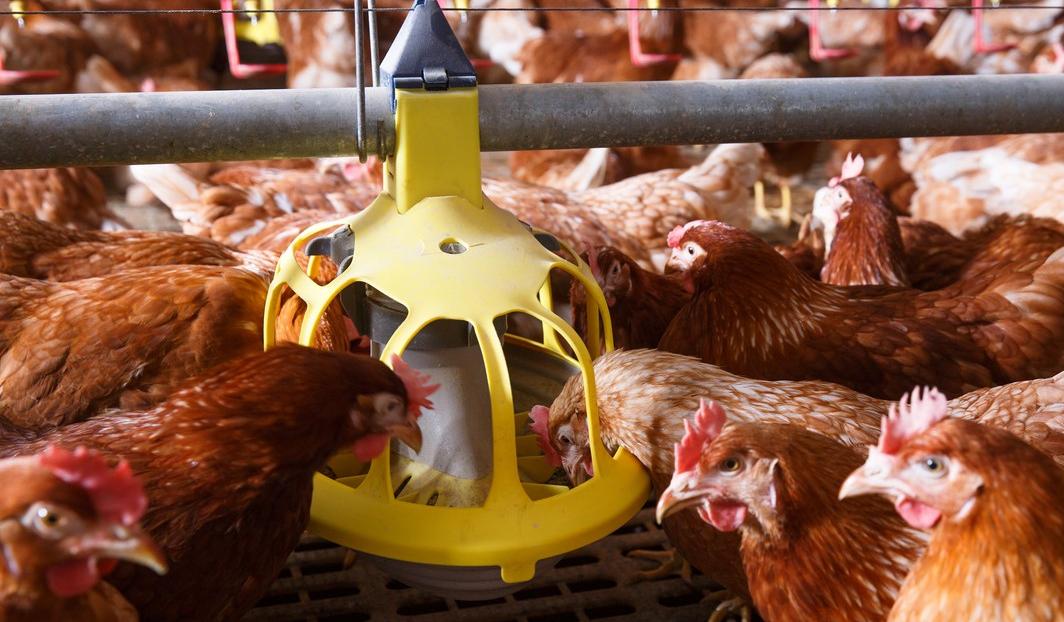Emerging Infectious Diseases this week published details on five initial cases of clade 1 mpox virus identified in the Democratic Republic of the Congo (DRC). The DRC is currently battling a large outbreak of clade 1 mpox, the first clade 1 outbreak linked to sexual transmission.
In March of 2023, a man from the DRC (case patient 1) in his late 20s reported having two sexual encounters with a man in Europe (suspected primary case) 1 week before returning to the DRC. The DRC man then reported having sexual contact with 9 more people, 6 men and 3 women, the authors said.
After case patient 1 developed penile lesions and fever and was seen in a health clinic, health officials contacted the 9 sexual contacts.
"We performed viral genome sequencing on PCR-positive samples; phylogenetic analysis showed tight clustering among 3 positive samples, suggesting they belong to the same chain of transmission. The closest related sequence beyond this cluster was a 2022 clade I MPXV [mpox virus] sequence from DRC," the authors wrote.
No secondary contacts developed mpox
The 3 positive cases found from testing and the initial 2 cases were all given supportive care and pain control as outpatients. An additional 120 contacts from the 5 cases were monitored over the next 3 weeks. Contacts included sexual partners (5), family members (45), and people who had close nonsexual contact (70). None of these contacts developed clinical symptoms of mpox over the 21-day monitoring period.
Our findings highlight historically unrecognized MPXV transmission through sexual contact and indicate the need for increased routine screening.
"Our findings highlight historically unrecognized MPXV transmission through sexual contact and indicate the need for increased routine screening in sexual health clinics in mpox-endemic and nonendemic regions," the authors concluded.
In 2022, a global sexually transmitted outbreak of clade 2 mpox was identified first in Europe. So far more than 90,000 people, mostly men who have sex with men, have been infected in that outbreak. That outbreak has caused very few fatalities, but the current DRC outbreak has already claimed 581 lives, officials from the World Health Organization confirmed earlier this week.















